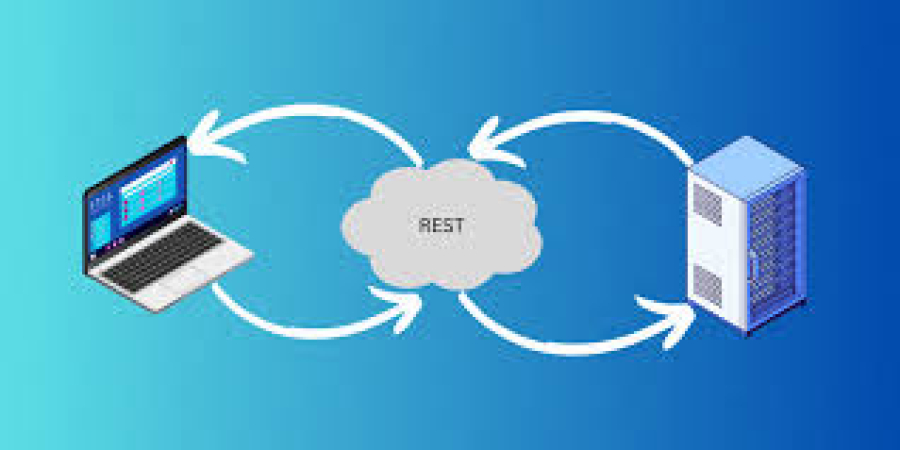How to Optimize Website Performance with Efficient Back-End Development
At FreelancerBridge, we are committed to empowering web developers with the latest strategies and insights for building high-performance websites. In our guide, "How to Optimize Website Performance with Efficient Back-End Development," we delve into practical approaches and best practices designed to streamline server-side processes and significantly boost website speed. This resource is tailored for developers who aim to create responsive, scalable, and secure web applications. By focusing on efficient back-end development, you not only enhance the overall user experience but also improve SEO rankings and support long-term growth. Our comprehensive guide offers clear, actionable steps and expert tips to help you transform your back-end infrastructure into a powerhouse of performance and reliability.
Long Description
Optimizing website performance starts at the back end—where efficient code, database management, and server operations converge to support fast, reliable, and scalable web applications. At FreelancerBridge, we break down the process into key areas of focus, ensuring that every facet of your back-end development contributes to enhanced overall performance. Here’s an in-depth look at the essential strategies covered in our guide:
Efficient Code Practices:
Clean, modular, and well-structured code forms the backbone of any high-performing back end. We explore methods for optimizing your code through refactoring, asynchronous processing, and effective error handling. By eliminating redundant processes and streamlining logic, you can reduce server load and improve response times, ultimately enhancing both maintainability and scalability.Database Optimization:
A well-tuned database is critical for fast data retrieval and overall system performance. Our guide outlines techniques such as proper indexing, query optimization, and schema design that ensure your database operations run smoothly. Additionally, we discuss the benefits of using caching strategies and read replicas to reduce latency and prevent bottlenecks in data processing.Caching Strategies:
Caching is a vital component in reducing server response times and alleviating load. By utilizing in-memory data stores like Redis or Memcached, along with browser and server-side caching, you can dramatically cut down on repetitive data processing. These techniques ensure that frequently accessed information is served quickly, thus enhancing user experience and reducing server overhead.Scalable Architecture:
As your website grows, a scalable back-end infrastructure becomes essential. We delve into the benefits of designing systems that support horizontal scaling, load balancing, and even microservices architecture. By distributing workloads efficiently across multiple servers, you can handle higher traffic volumes without sacrificing performance or stability.API Efficiency:
In modern web development, APIs are the bridges between different components of your application. Our guide emphasizes best practices for API optimization—reducing payload sizes, implementing efficient data serialization, and ensuring secure, rapid communication. Optimized APIs not only accelerate data exchange but also improve the overall responsiveness of your website.Security and Reliability:
Performance optimization and security go hand in hand. We cover essential security practices such as encryption, proper authentication, and regular vulnerability assessments to safeguard your back-end systems. A secure back end minimizes the risk of downtime due to breaches, ensuring that your website remains reliable and responsive even under heavy load.Monitoring and Analytics:
Continuous monitoring is crucial for maintaining optimal performance. We recommend leveraging analytics and performance monitoring tools to gain real-time insights into server operations, resource usage, and traffic patterns. By proactively identifying and addressing performance issues, you can ensure that your back end operates at peak efficiency.Continuous Integration and Deployment (CI/CD):
Implementing CI/CD pipelines enables seamless integration of updates and performance enhancements without disrupting your live environment. Automated testing and deployment practices not only reduce the risk of errors but also allow you to iterate quickly, ensuring that your back-end improvements keep pace with evolving user demands.
By implementing these strategies, you can build an efficient back-end that not only supports high website performance but also scales gracefully as your traffic and data demands increase. FreelancerBridge is dedicated to bridging the gap between complex technical requirements and practical, real-world application, helping you turn your back-end into a competitive advantage.


 by Emily
by Emily




